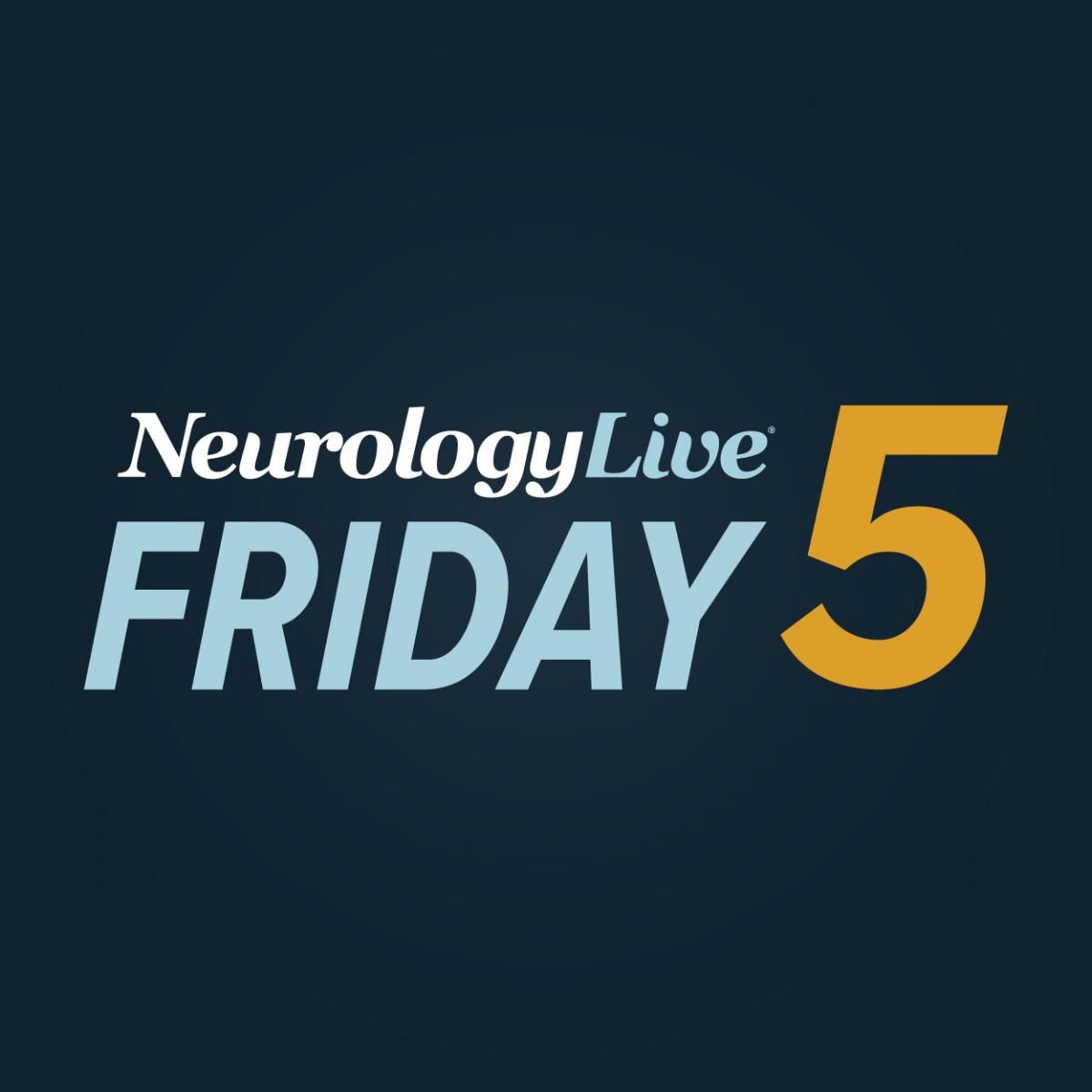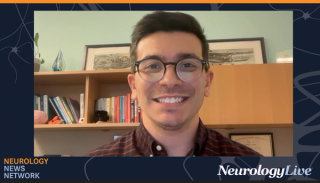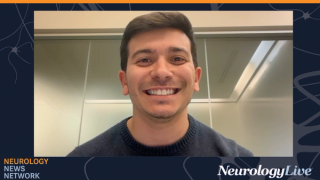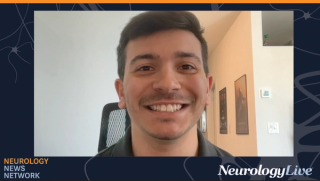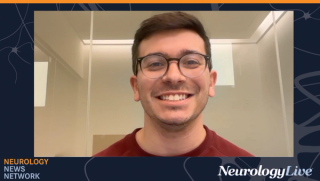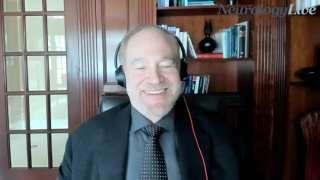
Headache and Migraine
Latest News
Latest Videos

CME Content
More News
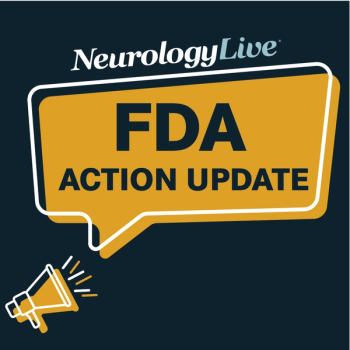
Catch up on any of the neurology news headlines you may have missed over the course of April 2025, compiled all into one place by the NeurologyLive® team.

Theranica's FDA-cleared, drug-free migraine device gains expanded access, more than doubling coverage to 80 million Americans as young as 8 years old who are diagnosed with migraine.

Baron, a neurologist and headache specialist at Cleveland Clinic, explained the significance, clinical data, and patient potential behind CT-132, the first FDA-approved digital therapeutic for migraine prevention.

Take 5 minutes to catch up on NeurologyLive®'s highlights from the week ending May 2, 2025.

From Neurology Enthusiast to Advocate for Health Equity: Moira Kapral’s SEQUINS Hall of Fame Journey
Moira Kapral, MD, MSc, reflects on her SEQUINS Hall of Fame recognition, the evolution of brain health equity, and her work addressing disparities in stroke care.

Robert J. Adams, MS, MD, reflects on his SEQUINS Hall of Fame recognition, his work on stroke prevention, and the importance of equity in brain health.

Barbara Vickrey, MD, MPH, discusses her SEQUINS Hall of Fame honor, the evolution of healthcare delivery models, and the role of mentorship in fostering equity in neurology.

Satsuma’s STS101 nasal powder becomes the first and only DHE nasal powder for the acute treatment of migraine with or without aura in adults.

Lewis B. Morgenstern, MD, reflects on his SEQUINS Hall of Fame recognition, the importance of health equity research, and his ongoing efforts to reduce stroke disparities.

Cheryl Bushnell, MD, MHS, a professor of neurology at Wake Forest University, discussed her SEQUINS Hall of Fame recognition, her work on sex differences in stroke risk, and her ongoing efforts to improve stroke care equity.
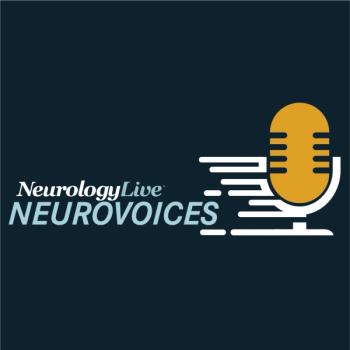
Renowned migraine specialist Stewart Tepper, MD, highlighted the groundbreaking FDA approval of CT-132, the first digital therapeutic for migraine prevention, and what it means for clinicians, patients, and future care models.

A recently published meta-analysis reported that fatty acid supplementation, particularly omega-3, may significantly reduce severity, duration, and frequency of migraine in patients.

The switch from 1 anti-CGRP monoclonal antibody to another led to a significant reduction in monthly headache days, regardless of target mechanism, dose history, or time between treatments.

NeuroOne's OneRF system, already cleared for functional neurosurgery, is now being evaluated by the FDA for trigeminal nerve ablation to treat chronic facial pain.

In a randomized cross-over trial, 4 of 5 commonly used drugs for idiopathic intracranial hypertension reduced intracranial pressure; however, also exacerbated cognitive issues.

A recently published phase 1 study revealed that coadministration of intranasal zavegepant with an oral contraceptive did not lead to clinically significant changes in drug exposure.

Although the study reported no evidence linking human leukocyte antigen alleles to migraine, the findings were not replicated, suggesting the HLA system may not be involved in migraine susceptibility.

Afterimage duration was more prolonged in patients with migraine with aura than those without, suggesting differing underlying pathophysiology between the two subtypes despite the exact mechanisms remaining unclear.

CT-132, an approach that aims to reduce brain hypersensitivity, becomes the first marketed digital treatment to prevent migraine, intended to be used with other previously approved medications.

Take 5 minutes to catch up on NeurologyLive®'s highlights from the week ending April 11, 2025.

Cleveland Clinic’s $1.1 billion Neurological Institute, opening in 2027, will revolutionize neurological care with a state-of-the-art, patient-centered design integrating advanced technology and innovative care solutions.

Relative to previously approved therapies like rimegepant, ubrogepant, and zavegepant, AXS-07 resulted in better 2-hour pain relief, sustained pain relief, and reduced use of rescue medications.

Teva’s migraine therapy fremanezumab (Ajovy) may soon expand its reach to pediatric patients, as the FDA reviews a supplemental application for its use in children and adolescents aged 6 to 17.

Findings showed that atogepant 60 mg once daily demonstrated significant improvements in functional outcomes for patients with episodic migraine, compared with placebo, over 12 weeks.

A recent analysis of the PRODROME trial explored the impact of ubrogepant, an FDA-approved acute treatment of migraine with or without aura, on patient-reported outcomes in migraine management.





